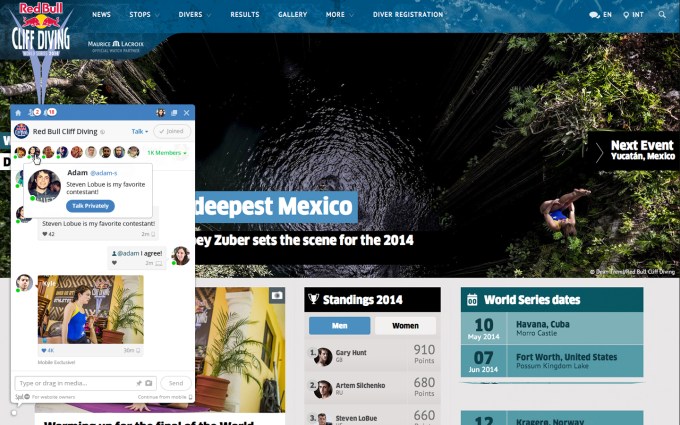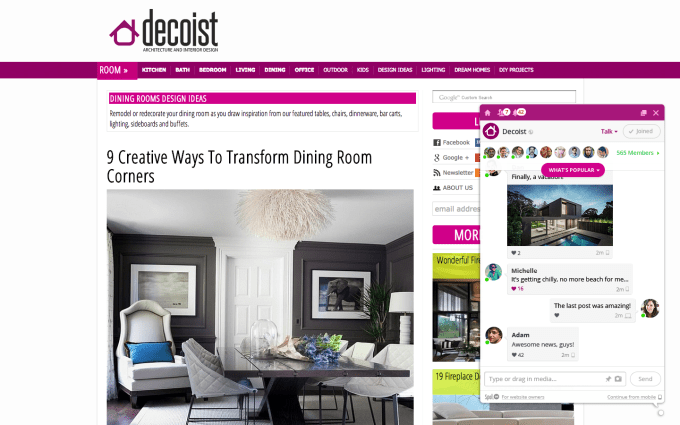Facebook and Twitter are essential tools for social marketing, but user engagement on those networks doesn’t necessarily translate into more visitors to a site. Created by the founder of a former TechCrunch Disrupt winner, Spot.IM wants to solve that problem by making it possible to turn any site into a social network with two lines of code. The company says this gives site owners more control over the management and monetization of their traffic.
Spot.IM was founded by Nadav Shoval and Ishay Green. Green’s previous startup, Soluto, which created software to monitor PC performance, won TechCrunch Disrupt in 2010. Then in 2013, Soluto was acquired for between $100 million to $130 million by device insurance provider Asurion.
Spot.IM’s beta version is currently used on about 1,000 sites, including Time Out, Kerrang, and Suamusica.

“Basically, we have built a technology that allows any website to become a social network, resulting in the first ‘everywhere’ social network, built up of mini-communities, distributed across the entire web,” Green and Shoval said in an email.
“Today, publishers work extremely hard to create good content their visitors will enjoy, but end up exporting those visitors to external social networks so that they can socially engage around that content. We want to help those publishers keep that traffic on site by allowing them to offer the social engagement right there, where the content was created.”

The two say that Spot.IM’s beta users have already generated over 250,000 registered users, and over 2 million messages were sent last month. “Approximately 20 percent of the messages sent in Spot.IM are private, hence 1 on 1 conversations between individuals that met in those embedded communities are a major part of what we’re seeing.”
Spot.IM is currently talking with investors and honing in on a monetization strategy.
“In the near term, we are focusing solely on adding more features to enhance the community experience,” say Green and Shoval. “Building a platform for a real-time conversation is a huge achievement, but it’s just the first step. Our larger goal is to focus on building the tools to create complex and multilayered communities.”
